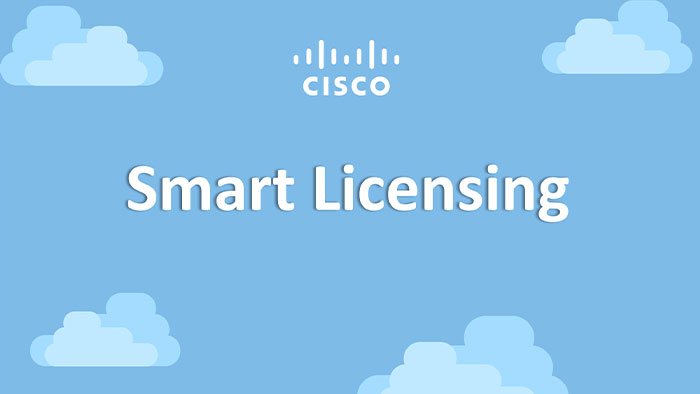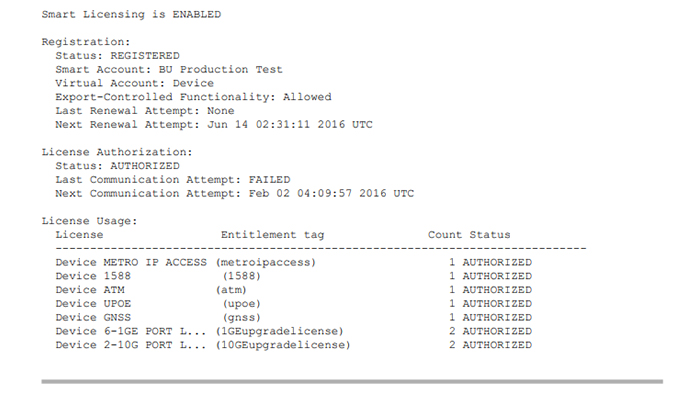
After creating a Cisco Smart Account, you should log into Cisco Smart Software Manager portal, from where you can generate the product instance registration tokens after purchasing your product’s Cisco Smart License. To know more about Cisco license prices please check price quotes. So, how to activate a Cisco License?
Please follow the below steps for enabling smart licensing:
Login to Cisco Smart Software Manager ,for managing licenses, at https://tools.cisco.com/rhodui/index. Get a token from the Cisco portal using the link above. After you have generated the token, copy it or download the token to a text file. The token is used to register and activate a device, and allocate the device to a specified virtual account.
Smart License must be enabled in your device’s CLI:
Example: Device(config)# license smart enable
This command enables basic Smart Licensing. Use the no form of this command to revert to the traditional or strict mode of licensing. If you revert smart licensing to CSL, router need to be rebooted.
Device#license boot level {advancedmetroipaccess | metroaccess | metroipaccess}
Enables technological license, these licenses need router reboot after configuration.
The following command enables different feature level licenses available:
Device#license feature {atm | gnss | ipsec | port | ptp | upoe}
This command Enables to register your device.
Device#license smart register idtoken [token_ID]
Use the Cisco Smart Software Manager to:
After enabling Cisco Smart Licensing, use the “show” commands to verify the default Smart Licensing configuration.
The mentioned command, displays the compliance status of Smart Licensing. possible status is listed below:
This command displays all-consuming entitlements. Also, It could be used to check if Smart Licensing is enabled or not. Additionally, it indicates associated licensing certificates, compliance status, UDI, and other details.
This command displays the license usage information.
Displays the summary of all active licenses.

Generally, product registration is automatically renewed every 30 days. This option also can be used to make an on-demand manual update of your registration. So, instead of waiting 30 days for the next registration renewal cycle, you can issue this command to instantly find out the status of your license. Before you begin You must ensure that the following conditions are met to renew your smart license. First the Smart licensing is enabled, and the device is registered.
Device#license smart renew {auth | id}
This command checks your ID or authorization with Cisco smart licensing. If ID certification renewal fails the product instance goes to an unidentified state and starts consuming the evaluation period. Note that Authorization periods are renewed by the Smart Licensing system every 30 days. As long as the license is in an ‘Authorized’ or ‘Out-of-compliance’ (OOC), the authorization period is renewed. Grace period starts when an authorization period expires. During the grace period or when the grace period is in the ‘Expired’ state, the system continues to try renew the authorization period. If a retry is successful, a new authorization period starts.
When your device is taken off the inventory, shipped elsewhere for redeployment or returned to Cisco for replacement using the return merchandise authorization (RMA) process, you can use the de-register option to cancel the registration on your device. Use the following steps to cancel device registration:
license smart deregister command Cancels the device registration, and sends it into a 30-day evaluation mode. All Smart Licensing, entitlements and certificates on the platform are removed. Noted that Though the product instance has been de-registered from the Cisco license cloud service, Smart Licensing is still enabled.